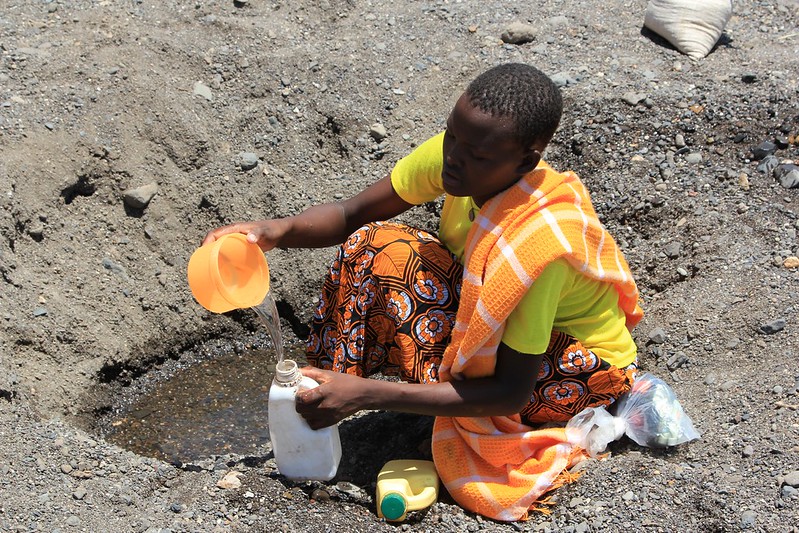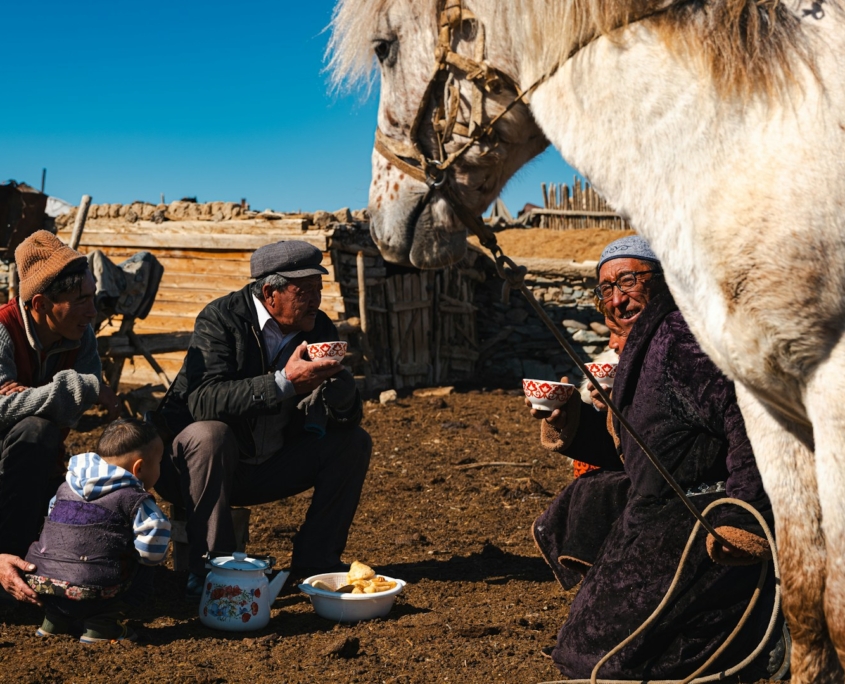 Mongolia, a country in East Asia rich in history and culture, has long viewed water as a precious resource. However, the nation continues to face major water access challenges. According to UNICEF, 30% of the population lacks access to safe drinking water and only 56% of water cleansing facilities are operational, leaving certain districts especially vulnerable. In response to increasing water scarcity, Mongolia is implementing innovative solutions by recycling industrial wastewater from Coca-Cola’s bottling operations. The Mongolian government, MCS Coca-Cola and the Millennium Challenge Corporation (MCC) have backed the initiative as part of a broader national effort to promote sustainable water practices and reduce pressure on limited groundwater reserves.
Mongolia, a country in East Asia rich in history and culture, has long viewed water as a precious resource. However, the nation continues to face major water access challenges. According to UNICEF, 30% of the population lacks access to safe drinking water and only 56% of water cleansing facilities are operational, leaving certain districts especially vulnerable. In response to increasing water scarcity, Mongolia is implementing innovative solutions by recycling industrial wastewater from Coca-Cola’s bottling operations. The Mongolian government, MCS Coca-Cola and the Millennium Challenge Corporation (MCC) have backed the initiative as part of a broader national effort to promote sustainable water practices and reduce pressure on limited groundwater reserves.
A Creative Response to Growing Water Demand
Over the past two decades, Mongolia’s population has increased by 70%, which has driven significantly higher water usage. Much of the country relies on groundwater and around 500 factories discharge 44,000 cubic meters of wastewater daily, which has intensified the challenge of securing safe and sustainable water sources. In response, MCS Coca-Cola treats more than 500 cubic meters of wastewater per day and plans to supply the Amgalan Thermal Power Plant in Ulaanbaatar. The city plans to use the treated water as a cooling resource during the heating season—a cost-effective, climate-friendly alternative to freshwater.
Investments in Infrastructure and Water Security
The wastewater reuse initiative supports Mongolia’s broader effort to build resilient water infrastructure. The government has committed $111.8 million to support sustainable water systems as part of the $462 million Mongolia Water Compact, jointly funded with the United States (U.S.) Millennium Challenge Corporation.
A major component of the compact is the construction of a new Wastewater Recycling Plant, which will treat up to 50,000 cubic meters of effluent daily. The recycled water is expected to reduce freshwater demand by more than 50 million cubic meters annually, benefiting combined heat and power plants and easing stress on urban water sources. In addition, infrastructure upgrades—including pipelines from factories to treatment plants—are in development to ensure efficient transfer and monitoring of treated water. These improvements are designed to uphold high water quality standards while encouraging other industries to adopt similar recycling practices.
The effort also reflects a shift toward climate-adaptive public works, where water reuse systems support both environmental sustainability and future-ready urban infrastructure in rapidly growing areas like Ulaanbaatar.
Toward a More Water-Secure Future
Recycling wastewater from industrial operations like Coca-Cola’s not only addresses immediate shortages but also establishes a precedent for circular water economy models in Mongolia. It removes the need to rely on unsafe alternatives—some of which may contain contaminants such as lead, arsenic or copper—and enhances public health. By reducing dependence on fragile freshwater sources and investing in recycling systems, Mongolia is taking critical steps toward achieving water security for future generations. With the support of the government, private companies and international partners, this initiative could serve as a blueprint for water-stressed countries around the world.
– Anastasia Flerchinger
Anastasia is based in Richland, WA, USA and focuses on Good News and Politics for The Borgen Project.
Photo: Unsplash

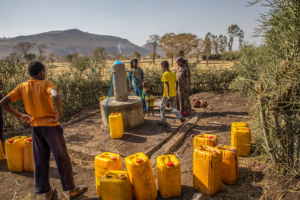
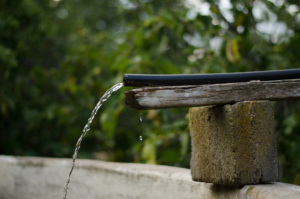
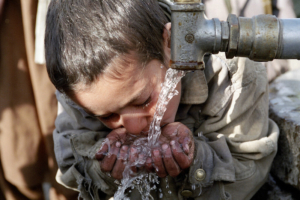
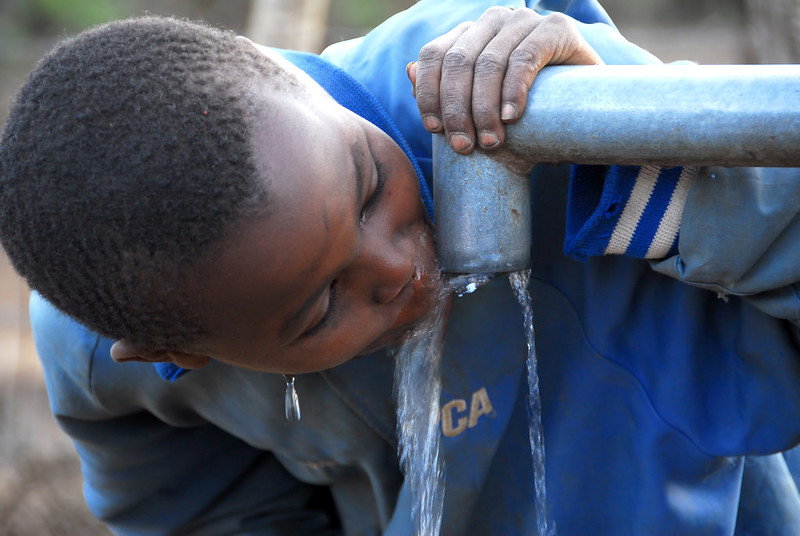 Kalahari Resorts and Conventions’ partnership with charity: water on the Water Colors Life Project, aims to provide clean drinking water to 1 million Africans. Kalahari has pledged to raise $50 million for this cause. Since initiating this partnership, Kalahari has supported dozens of water projects in Madagascar, Zimbabwe, South Africa,
Kalahari Resorts and Conventions’ partnership with charity: water on the Water Colors Life Project, aims to provide clean drinking water to 1 million Africans. Kalahari has pledged to raise $50 million for this cause. Since initiating this partnership, Kalahari has supported dozens of water projects in Madagascar, Zimbabwe, South Africa, 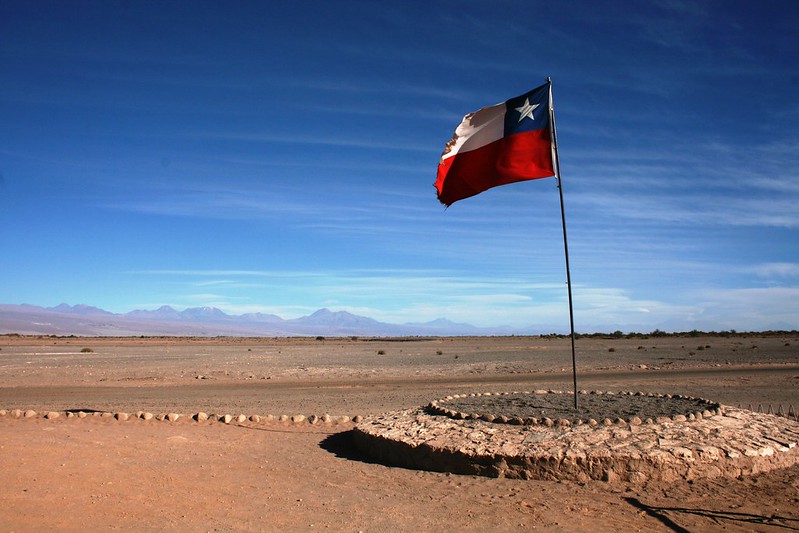
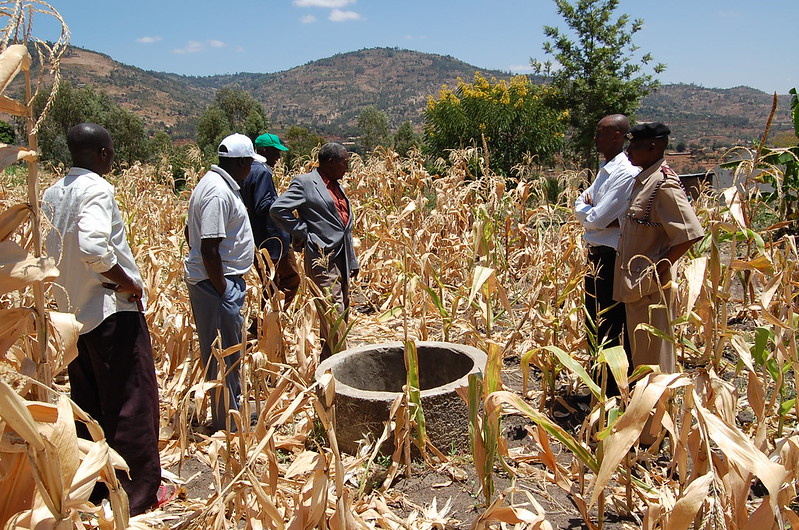 Eswatini, a small country in southern Africa formerly known as Swaziland, grapples with two major challenges: a water crisis and a high
Eswatini, a small country in southern Africa formerly known as Swaziland, grapples with two major challenges: a water crisis and a high 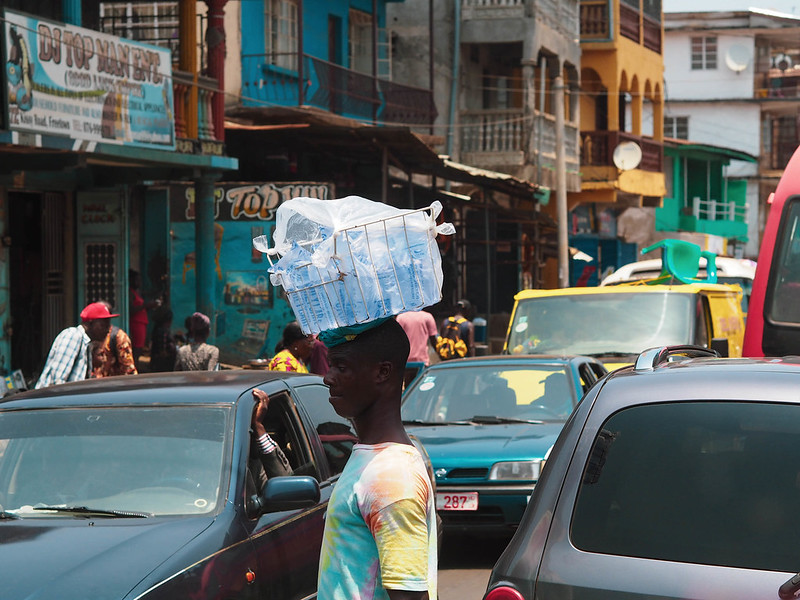 Currently, more than 2 billion people worldwide lack access to safely managed drinking water. Furthermore,
Currently, more than 2 billion people worldwide lack access to safely managed drinking water. Furthermore, 